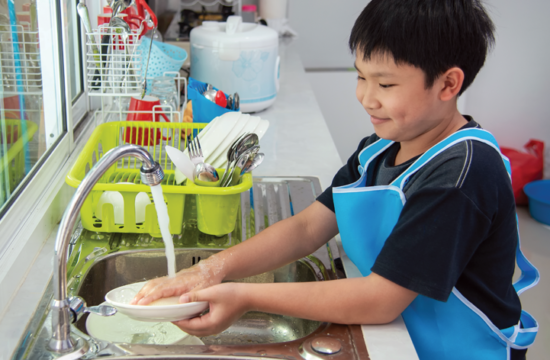When was the last time that you and your keiki saw a Mōlī (Laysan albatross), `Ā (Red-footed booby) or `Iwa (Great frigatebird) in flight? When did you last visit the Kīlauea Point National Wildlife Refuge and lighthouse when there were very few visitors sharing this precious space with you? When did you last watch a Nēnē (Hawaiian goose) casually snacking on a hala seed pod?
Now is a great time to plan a visit to Kīlauea Point National Wildlife Refuge with your `ohana to enjoy these sights and many more. As our community continues to face the challenges of low tourism and it’s resulting impact upon many businesses on Kaua`i, we each have an opportunity to show our support for the places, spaces and businesses that enrich our lives, our island and our community.
Kīlauea Point National Wildlife Refuge (NWR), along with Hanalei National Wildlife Refuge and Hulē`ia National Wildlife Refuge, is part of the Kaua`i National Wildlife Refuge Complex – a network of federal lands managed by the U.S. Fish & Wildlife Service. These spaces help maintain the rich diversity of native wildlife and plants by providing protection for native, threatened and endangerd seabirds and wetland birds, removing invasive plant and animal species, and restoring and maintaining native plant and wildlife habitats. These refuges help us remember the natural history of our island and preserve it for future generations. At Kīlauea Point NWR, you may also learn more about the history of the Daniel K. Inouye Kilauea Point Lighthouse, which was built in 1913.
Kīlauea Point NWR is open Thursday through Saturday from 10 a.m. to 4 p.m. (please check online as operating hours may be adjusted due to COVID-19 precautions). To plan your visit, you must make a reservation by visiting www.recreation.gov. Annual Kama`aina passes are available for $20 each and provide access to the refuge for four adults. Keiki 15 and under are always free. Are you looking for ways to help support this local treasure? Visit the Friends of Kaua`i Wildlife Refuges at www.fkwr.org to learn more about our island’s refuges and how you and your `ohana can help.








